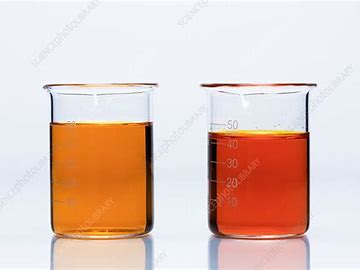Chemistry - Chapter 1.1
1/15
Earn XP
Description and Tags
States of matter, solutions and solubility and investigating solubility
Name | Mastery | Learn | Test | Matching | Spaced |
|---|
No study sessions yet.
16 Terms
The arrangement, movement and shape of Solid particles
Solid particles are arranged in regular lattice structure meaning they are very closely packed together having a definite volume and shape, which makes them only able to vibrate and have least kinetic energy. The force of attraction is very strong between these particles as this is what keeps them toghether
The arrangement, movement and shape of Liquid particles
Liquid particles are arranged more loosely than solids because of having less force of attraction, allowing them to flow and take the shape of their container while maintaining a definite volume. They have greater kinetic energy than solids, enabling them to move past one another. They are arranged randomly
The arrangement, movement and shape of Gas particles
Gas particles have a random arrangement as there occupies a lot of space between each particle. They have almost no force of attraction which makes them able to go at random directions in high speed. They have the strongest kinetic energy and can fill up a container with their volume
Interconversation between solid and liquid particles
Melting: When a solid turns into liquid it is called melting. It occurs when the solid gets absorbed heat, the particles vibrates faster. So fast that the force of attraction isnt strong enough to hold and so they break apart creating liquid. The point where it melts is called the melting point
Freezing point: When a liquid is cooling, the particles move slowly and the forces are now back.
The interconversation between liquid and gas
Boiling/evaporating: When heat is applied to liquid, the particles move so fast that they break through their bonds and becomes gas. Boiling occurs at a specific tempereature where evaporating can occur any time. In evaproation, only the particles at the surface level who can move fast enough can break the bonds and fly away.
Condensing: When particles loose their heat and move slowly enough to form forces of attraction between them.
Solid to gas and the reverse
When solid directly turns into gas, its named Sublimation
And for the opposite it called deposition
Define diffusion
Diffusion is the spreading out of gas or liquid particles from a high concentration(where theres alot of them) to low concentration (where theres few tghter)
Exaplain why diffusion occurs faster in gases than liquids
Since gases has the most kinetic energy they can go in any random direction in a high speed for they have low bonds inbetween. But for liquids, since they have higher forces and lower kinetic energy, they spread out slower.
Whats concentration?
Concentration chemically mean, that theres alot of particle withing the place, such like they are bunched up. But visually, its is how great the depth of the colored subtance the solution has.
How to dilute a liquid?
If we had a colored solution, we could dilute this by reducing the concentration. This can be done by adding more of solvent or by shortning the colored substance. This can be defined as weakening the liquid

Solution
When a solid substance (solute) dissolves in another liquid (solvent)
Whats solubility
The maximum amount of solute that can dissolve in 100g of solvent (typically) in a given tempereature
Unsaturated solution
When a solute has the ability to hold more solvent (hasnt reached its max) and can dissolve it w/o any stiring in a quick time
Saturated solution
When a solution has reached its max capacity and now no longer can any solute be added .(If added they will stay undissolved even w stiring)
Supersaturated solution
When a solution holds more solute than should at that given temp.
How to? Take a fully dissolved saturated solution and carefully cool it down to a lower temp. Since they hold more than they should, these solutions are super unstable meaning, even one drop of crystal can recrystalise the whole solution back into being a saturated one.
Recrystallisation
When a saturated solution is normally cooled down, the extra solution out from its solubility range turns into crystals.